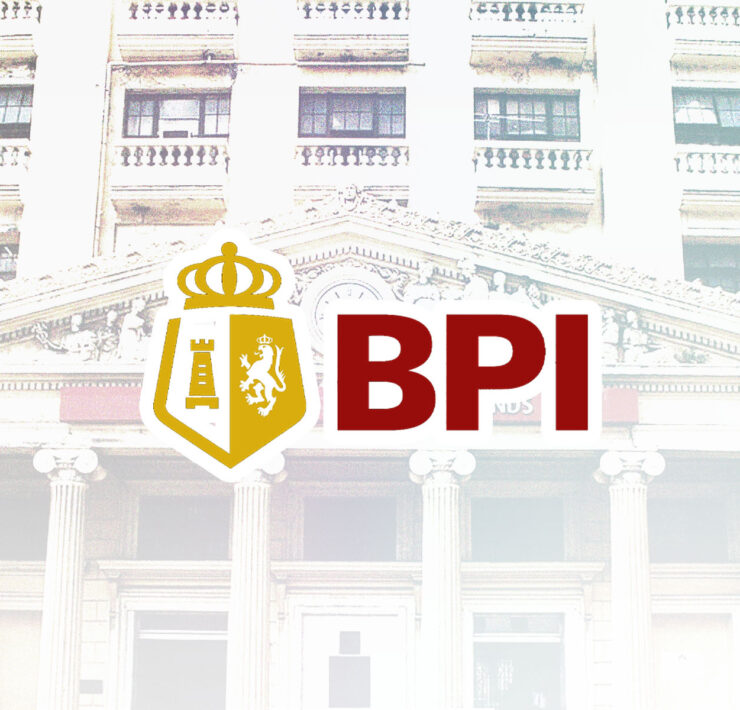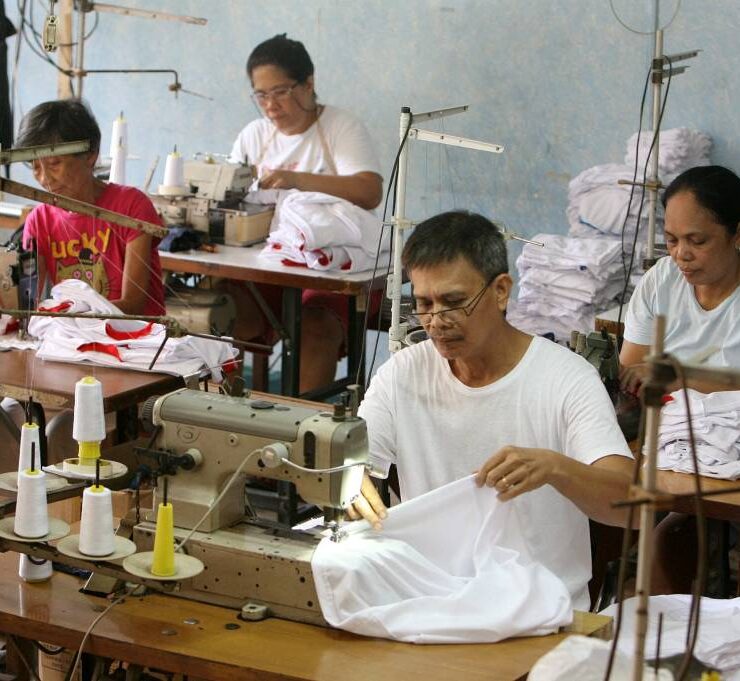BSP cuts rate to 5%, hits ‘sweet spot’

The Bangko Sentral ng Pilipinas (BSP) has found the “sweet spot” after trimming its benchmark rate by a quarter point, declaring comfort with current policy settings while leaving the door open to one more cut should economic data justify it.
At its meeting, the powerful Monetary Board slashed the overnight borrowing rate that banks use as a guide when pricing loans to 5 percent.
Governor Eli Remolona Jr. told a news conference that this was already the “Goldilocks” level—a rate that is neither inflationary nor restrictive to economic growth.
It was a widely expected decision that brought the cumulative reduction under the current easing cycle to 1.5 percentage points. While Remolona said yesterday’s action should mark the end of the rate-cutting phase, he acknowledged that further weakness in output could prompt one more reduction before the end of the year.
Data dependent
“As you know the data can change,” he said. “The sweet spot can move.”
Recent data provided cover for Thursday’s cut.
Inflation cooled to 0.9 percent in July, the weakest pace in nearly six years, as rice prices plunged to a record low. The central bank expects consumer prices to rise an average of 1.7 percent this year, below its 2 to 4 percent target range.
Price risks remain, Remolona cautioned, particularly from energy and food costs, though he said inflation was likely to stay within target even if those risks materialize.
Meanwhile, the economy expanded 5.5 percent in the second quarter, up slightly from 5.4 percent in the first, with easing prices helping sustain household spending. But the central bank flagged the impact of erratic US trade policies, which could weigh on global economic activity and local growth prospects.
Some analysts see more cuts ahead.
“The economy could certainly do with more support. Although growth held up relatively well in the first half of the year, the economy looks set to slow,” Gareth Leather, senior Asia economist at Capital Economics, said.
“Low inflation and falling interest rates will provide some support to demand this year,” he added.





















